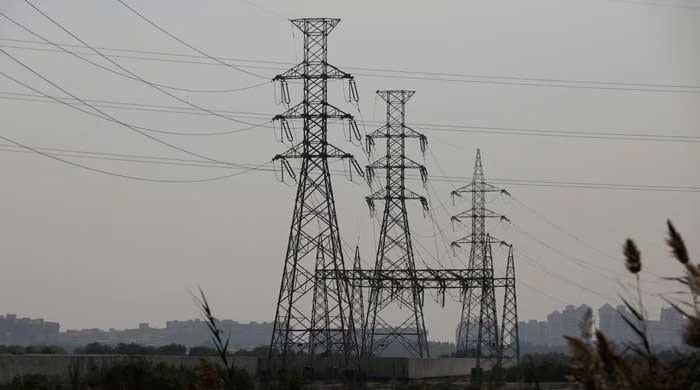Riyadh asks Islamabad to approach China’s Sinopec for $10bn green refinery project
As per Saudi Arabia's request, PSO is in touch with Bank of China and Sinopec
November 05, 2023

- Riyadh wants EPC contract to be given to Sinopec.
- Petroleum Division asked to assess Sinopec's investment interest.
- SIFC asks division to facilitate Chinese firm if interested.
ISLAMABAD: Saudi Arabia has asked Islamabad to approach China’s Sinopec and make it a part of the $10 billion green refinery that is to be established in Pakistan, reported The News on Sunday.
“We have announced and notified the new green refinery policy with incentives of 7.5% deemed duty for 25 years and a tax holiday of 20 years as per wishes of Saudi Arabia, but the required pace of progress needs some stimulation,” said sources.
Riyadh also wants the engineering, procurement, and construction (EPC) contract to be given to Sinopec. As per the request Pakistan State Oil, nominated by the Pakistani government, is in touch with the Bank of China and Sinopec.
Sinopec is also providing services to Saudi Arabia (rigs, well-service, geophysical exploration), pipeline, road and bridge, and other EPC projects. Sinopec has been serving Aramco, SWCC, RC, and many Saudi local cities, and has earned a good reputation among clients, as well as Saudi people.
Meanwhile, Special Investment Facilitation Council (SIFC) has directed the Petroleum Division to assess investment interest by Sinopec in the green refinery alongside Saudi Aramco. If the Chinese firm is interested in investment, the council has also tasked the division to facilitate it by expediting the necessary approvals.
Apart from this, the Petroleum Division has also been asked to identify other interested credible parties for investment in the refinery and to update on the particular issue of paramount importance in the next SIFC Apex Committee meeting.
Once the mega refinery is established at Hub, Balochistan, it will produce 8 million tonnes of diesel and 6 million tonnes of gasoline with 5-euro specifications per year.
On July 27 of this year, the China Road and Bridge Corporation (CRBC) signed a memorandum of understanding (MoU) with the government to construct the mega Saudi-backed refinery based on the Engineering, Procurement, and Construction (EPC-F) model. But now the government is trying to bring in Sinopec in the Saudi interest.
The refinery is to be constructed based on a 30:70 equity-loan ratio. The equity would be $3 billion and loans $7 billion. Saudi Aramco would share 50% equity of $1.5 billion and the same 50% equity will be shared by Pakistan in the project.
The remaining amount of $7 billion loans, the official said, would be arranged by Saudi Aramco through international financial institutions (IFIs). Besides, the CRBC under the MoU signed on July 27 would also arrange loans from Chinese banks under the EPC-F model. Out of the remaining 50% on behalf of Pakistan, PSO will hold a share of 25%-30%, and OGDCL, PPL, and GHPL will have a 5% share respectively. However, Pak Arab Refinery Company (PARCO) did not sign the MoU.
Saudi Aramco has already carried out a pre-feasibility study and market assessment and now it will conduct a detailed feasibility of the project before its launch. The Front End Engineering Design (FEED) will also be completed during the process.
The new green refinery will be allowed to sell its products, as per the minimum Euro 5 specification notified by the Petroleum Division from time to time, to any marketing company including their own affiliates in the marketing and distribution sector in the country.
The refinery will be allowed to export surplus (with respect to domestic demand) petroleum products, subject to approval from OGRA; however, refineries can export the products with specifications that do not have domestic demand under intimation to OGRA and MEPD.









